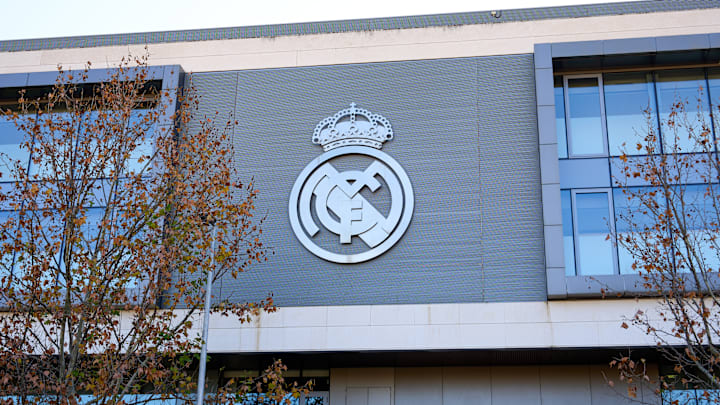According to the recent Deloitte report, Real Madrid has regained its spot as the wealthiest football club in the world for the 2022–23 season.
The Spanish powerhouse – which boasts an impressive 14 UEFA Champions League trophies and 35 La Liga titles – earned a massive €831 million in revenue generation.
Financial triumph for Real Madrid
The annual Football Money League report indicates that Real Madrid’s revenue hit an all-time high of €831 million, a whopping €118 million more than the previous year.
This growth is attributable to the excellent performance in retail and the higher stadium attendance due to the release of restrictions related to COVID-19.
Real Madrid’s record-breaking revenue of €831.4 million, coupled with the qualitative advancements, speaks not only about the club’s on-field success but also its outstanding monetary appeal.
Spanish giant surpasses Premier League dominance
Although Real Madrid rules supreme, the Premier League proudly keeps command of a big place as regards the international soccer world. In particular, despite losing the top spot to Real Madrid, Manchester City still earned a huge amount of revenue, €825.9 million.
While there is global representation in the Top 20, most clubs come from the Premier League. Other English clubs in the top 20 are Manchester United, Liverpool, Tottenham, Chelsea, Arsenal and Newcastle.
⚪️🇪🇸 Real Madrid are the highest revenue generating football club in 2022/23.
— EuroFoot (@eurofootcom) January 25, 2024
The Spanish club had a record revenue of €831m, an increase of €118m over the last year. (@Deloitte) pic.twitter.com/HZRC3xOrC4
Changes in the landscape
One interesting development is the rise of Paris Saint-Germain (PSG) to third place, making its first appearance in the top three with total revenue recorded at €801 million. This shows the financial power of PSG and its increasing influence in football.
However, one of the most notable changes in the rankings has been Barcelona, which went from seventh place to fourth, showing a qualitative improvement. Contrastingly, Liverpool had the biggest drop – from third to seventh position.
Overall growth in football revenues
The Football Money League report shows a €10.5 billion cumulative record revenue for the top twenty clubs, which is 14% higher than the previous season.
This growth was driven by unprecedented ticket sales (€1.9 billion) as well as merchandising revenue (€4.4 billion) for the first time in history. The fans, back into the stadiums after the long restrictions brought about by a pandemic, had much to do with powering these revenue streams.
Apart from individual club performances, the report points out the eminent rise in revenues that football is experiencing as a sector propelled by ticket sales and merchandise revenue. This season’s financial numbers represent a watershed moment for the business of football.
